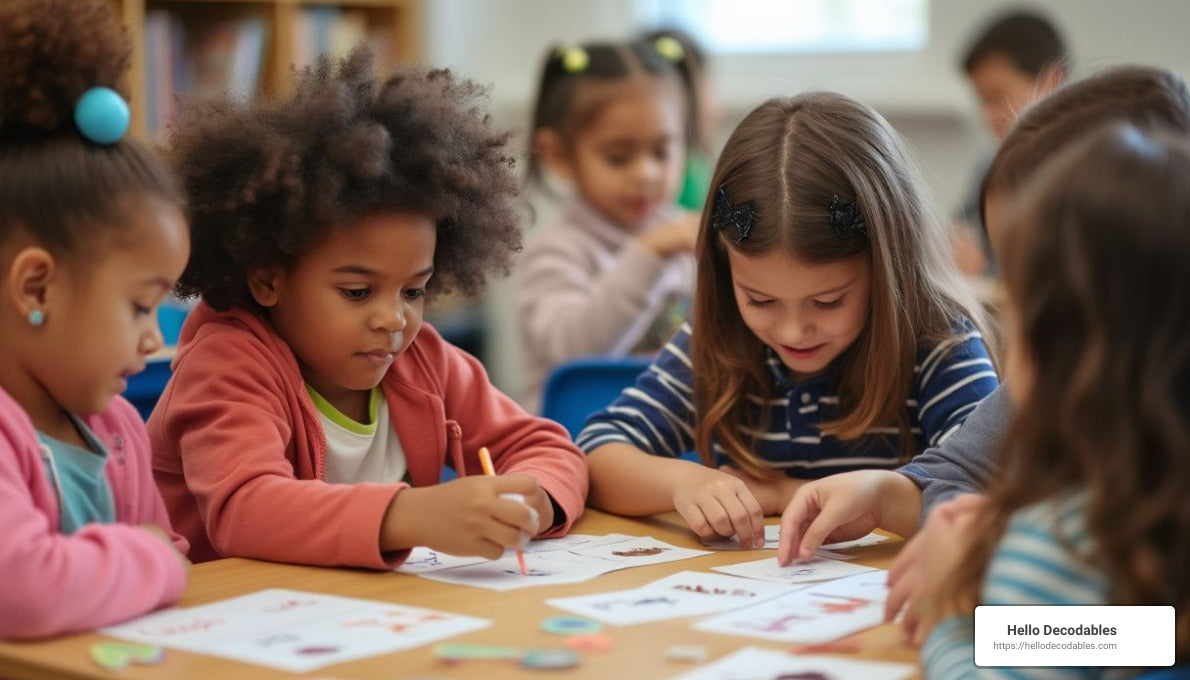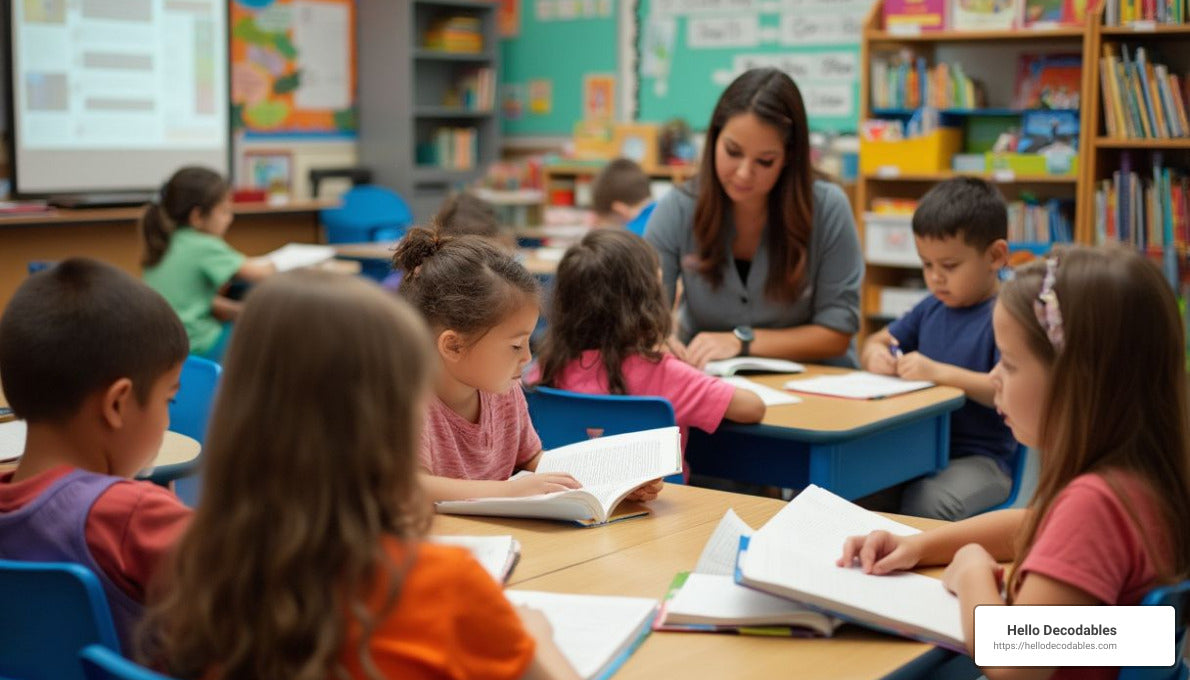On the Blog with Jen Jones
-

Early Reading Books That Will Make Your Kids Fall in Love with Reading
By Jen Jones
Discover top early reading books to engage young minds and foster a lifelong love for reading in your children. -

From Assessment to Action: How to Assess Phonics Skills Effectively
By Jen Jones
Learn how to assess phonics skills effectively with top methods, tools, and resources for improved reading and literacy outcomes. -

What Are the Foundational Skills of Reading? A Complete Guide
By Jen Jones
Discover what are the foundational skills of reading and boost literacy success with effective and research-based methods. -

The Ultimate Guide to SPELD Decodable Readers: What You Need to Know
By Jen Jones
Discover the power of speld decodable readers for effective phonics-based learning and boost reading confidence today! -

Phonics Fundamentals: A How-To Guide for Elementary Educators
By Jen Jones
Discover essential phonics for elementary students with practical steps, programs, and activities to enhance reading skills effectively. -

First Grade Reading Books: Must-Have Titles for Your Classroom
By Jen Jones
Discover must-have first grade reading books to boost phonics, comprehension, and independent reading skills in your classroom!






